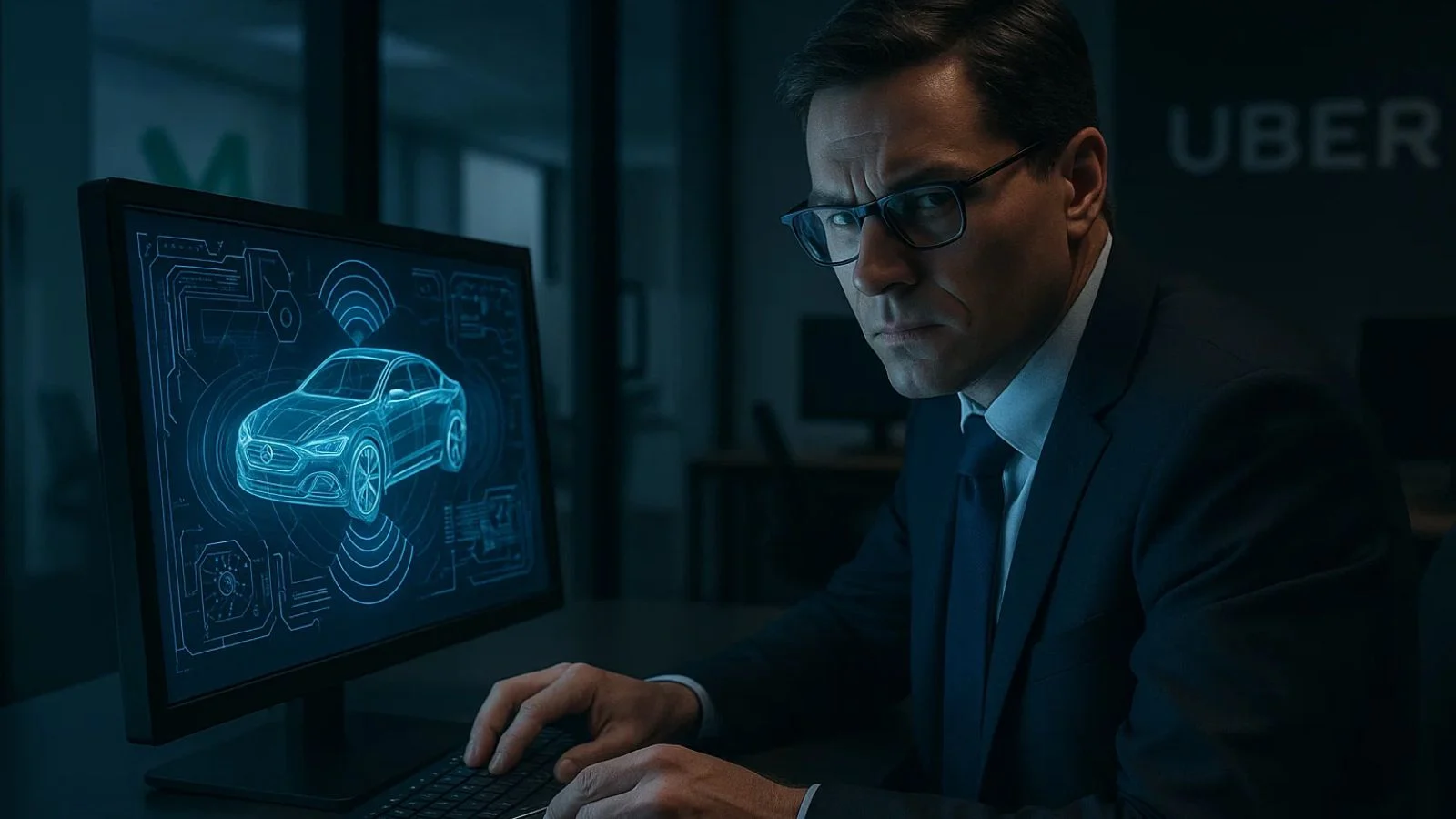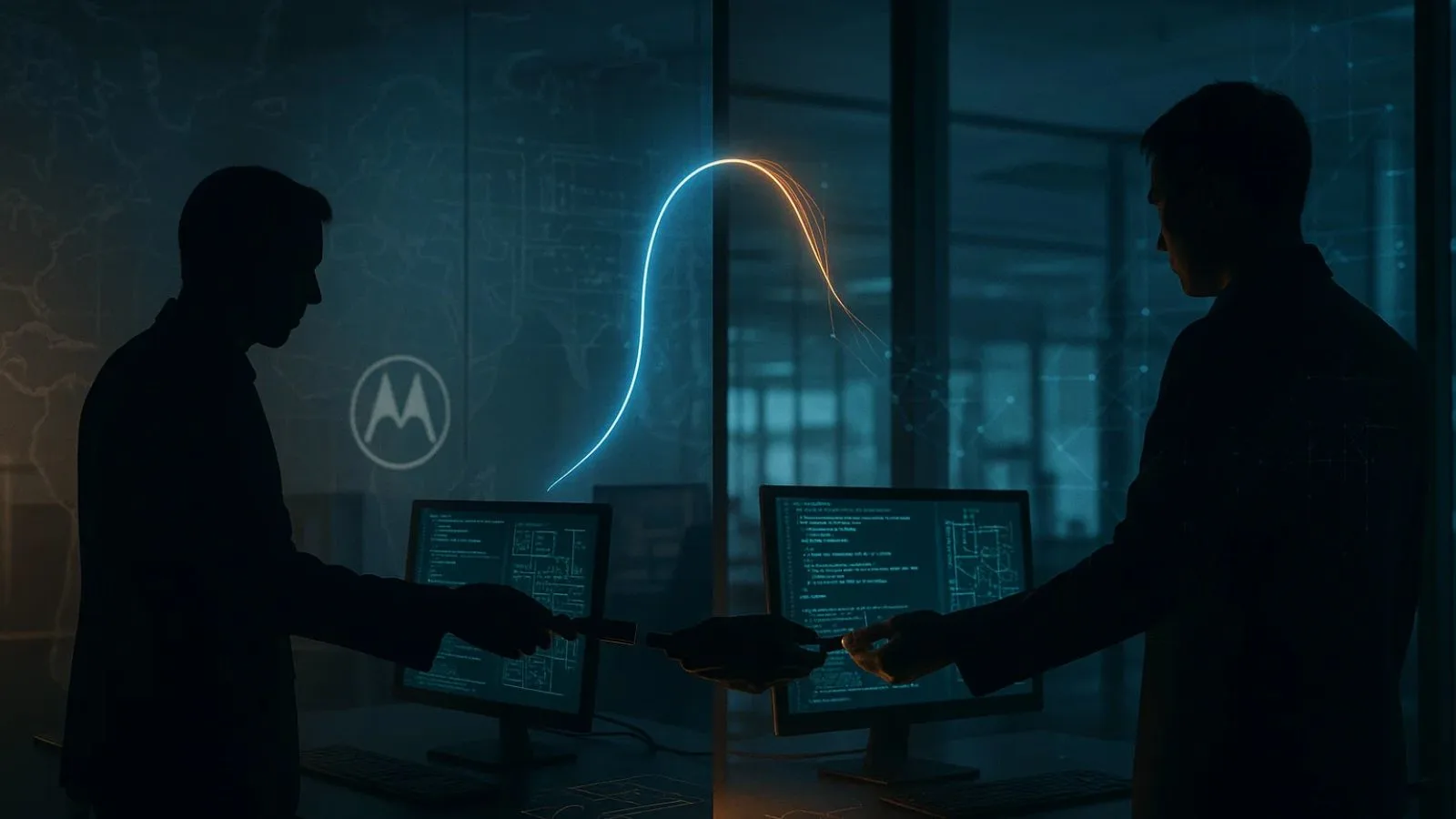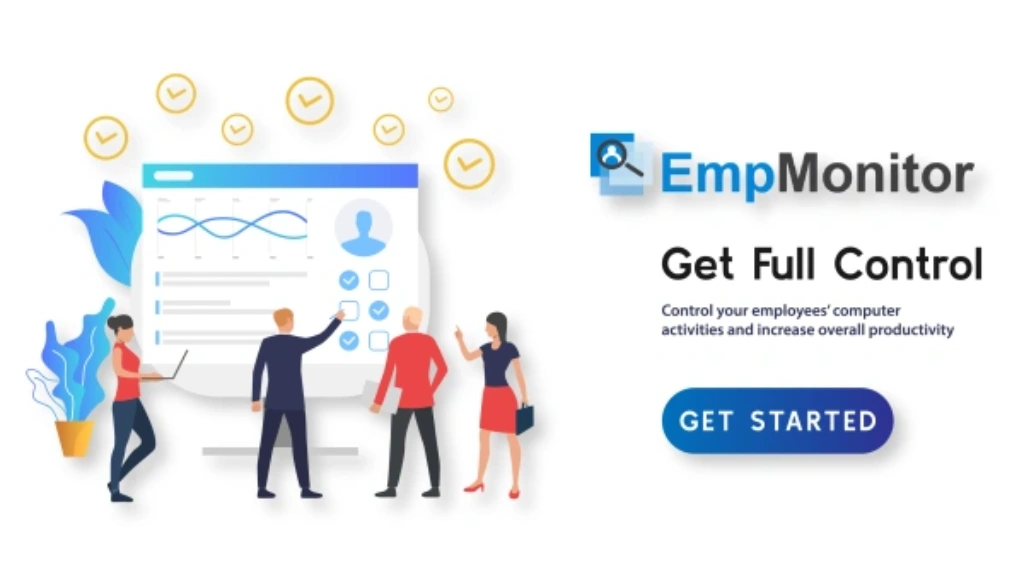Intellectual property theft is a problem that’s keeping business owners up at night. And honestly? It should.
We’re not talking about petty crime here. Companies are bleeding billions of dollars every year because someone decided their hard work was up for grabs.
What many people don’t realize is that stealing intellectual property is a crime called trade secret misappropriation, and it carries serious legal consequences.
What really gets me is how intellectual property theft happens. Sometimes it’s a competitor halfway across the world.
Other times, it’s the guy you trusted with your most sensitive files, the one who’s been with you for years.
That’s the punch in the gut that makes intellectual property theft so dangerous.
I’ve spent years studying these cases, and I’ve noticed something: most business owners think intellectual property theft won’t happen to them. They’ve got NDAs signed, they trust their team, and everything seems fine.
Then boom, they find out their technology is being used by a competitor, or their former employee just launched a suspiciously similar product. By then, the damage is done.
That’s why we need to look at real cases of intellectual property theft. Not the sanitized versions you read in press releases, but what actually went down.
These stories will show you where companies screwed up, how they caught the thieves, and most importantly, what you can do differently to prevent IP theft and protect your business assets in your organization.
Listen Podcast Now!
Waymo vs. Uber – The $245 Million Download:
Here’s a story that had Silicon Valley absolutely losing it. Anthony Levandowski was a hotshot engineer at Waymo, Google’s self-driving car division.
Smart guy, trusted completely, access to everything. You know where this is going, right?
Before Levandowski walked out the door in 2016, he downloaded 14,000 files. Not 14, not 140, fourteen thousand.
We’re talking blueprints for LiDAR sensors, proprietary designs, the kind of stuff that took Waymo years and millions to develop. He just… took it.
Then it gets juicier. He starts Otto, his own self-driving truck company. Within months, Uber buys Otto for $680 million.
Waymo’s lawyers connected the dots pretty quickly. They filed a lawsuit claiming Uber was using their stolen intellectual property to catch up in the self-driving race.
The whole thing ended with Uber paying $245 million in settlement, and Levandowski got an 18-month prison sentence for theft of intellectual property.
Sure, he got pardoned later, but his reputation? Toast. Nobody in tech will touch him now.
What This Teaches Us:
The biggest threat isn’t always some hacker in a dark room; it can be a trusted employee with a USB drive.
Intellectual property theft often happens from the inside. You need to watch what people download, especially in their last few weeks.
Set up alerts for unusual file access. Make sure your exit process includes checking devices and cloud storage.
I know it feels like you’re treating people like criminals, but one instance of intellectual property theft can sink your entire company.
DuPont vs. Kolon Industries – The $919 Million Betrayal:
DuPont invented Kevlar in the 1960s, that insanely strong fiber in bulletproof vests. They spent decades perfecting how to make it, protecting those secrets like the recipe for Coca-Cola.
Then Michael Mitchell, who worked there for 30+ years, retired.
Everyone assumed he’d golf, travel, and enjoy retirement. Nope. He became a “consultant” for Kolon Industries in South Korea.
And by consultant, I mean he handed over everything DuPont knew about making Kevlar. Manufacturing processes, chemical formulas, production secrets, the whole playbook.
This went on for years. Kolon used this information to develop competing products and undercut DuPont’s prices.
When DuPont finally figured it out and sued, the jury awarded them $919.9 million. Nearly a billion dollars.
That’s how seriously courts take intellectual property theft cases.
What This Teaches Us:
Your problems don’t end when someone retires. Mitchell thought he was in the clear because he wasn’t an employee anymore. Wrong.
Your confidentiality agreements need to extend way beyond employment to protect against intellectual property theft.
Also, keep an eye on where your former employees land, especially the ones who knew your most valuable secrets.
If your retired engineer is suddenly consulting for your biggest competitor, that should set off alarm bells.
Apple vs. Samsung – When Copying Gets Expensive:
Remember when Samsung phones started looking suspiciously like iPhones? Apple definitely noticed.
In 2011, they sued, claiming Samsung had basically photocopied their design, the rounded corners, the icon grid, even the box it came in.
This became one of the most-watched intellectual property theft battles in tech history.
Samsung fought back hard, claiming Apple was stifling competition and that basic design elements couldn’t be owned.
This turned into a seven-year legal war that went all the way to the Supreme Court.
Patents got argued over, experts testified, and the whole tech world watched to see how intellectual property theft through design copying would be handled.
Finally, in 2018, Samsung had to pay Apple $539 million. Half a billion dollars for intellectual property theft through design copying.
The case changed how companies think about protecting not just the tech inside their products, but how those products look and feel.
What This Teaches Us:
Design matters when it comes to intellectual property theft. You can’t just copy how something looks and claim you’re different because the internals work differently.
Document your design process obsessively. Apple won because they could show every iteration, every decision, every reason they made the iPhone look the way it does.
When someone copies you, that documentation becomes your ammunition. Also, file patents early.
Don’t wait until your product is successful to protect it from intellectual property theft, by then, knockoffs are already on the market.
Motorola vs. Hytera – Corporate Espionage Done “Right”:
This one’s sneaky. Between 2008 and 2014, Hytera Communications (a Chinese competitor) went on a hiring spree, recruiting Motorola’s engineers.
Nothing wrong with that, right? Companies poach talent all the time.
Except these engineers didn’t just bring their skills. They brought Motorola’s source code, technical documents, and proprietary designs for two-way radio systems.
This wasn’t a few rogue employees making bad choices; this was systematic stealing ip on a massive scale.
Hytera used this stolen intellectual property to leapfrog years of development. They suddenly had products that competed directly with Motorola’s most advanced systems.
When it went to trial in 2020, the jury hit Hytera with $764.6 million in damages.
What This Teaches Us:
This case terrifies me because it shows how organized intellectual property theft can be. It’s not always one bad actor; sometimes it’s a coordinated effort to gut your company’s technology.
You need technical safeguards: data loss prevention software that tracks when someone’s downloading massive amounts of code, alerts when files are being transferred to personal cloud storage, and monitors who accesses what and when.
Also, be careful hiring from competitors. Ask pointed questions about what people are bringing with them.
The last thing you need is someone else’s stolen IP contaminating your company, or worse, becoming a victim of intellectual property theft yourself.
Tencent vs. Chengdu Qimeng – The Game Clone Wars:
Tencent created “Honor of Kings,” which became huge in China.
Then Chengdu Qimeng released “Mobile Legends,” and if you put screenshots side by side, you’d struggle to tell them apart.
Characters with similar abilities, nearly identical map layouts, and even the UI looked copied.
Chengdu Qimeng was smaller, scrappier, and they managed to grab significant market share in Southeast Asia by basically riding Tencent’s coattails.
They got all the benefits of Tencent’s development work without actually doing the work.
Courts sided with Tencent, ordering Chengdu Qimeng to stop distribution in certain markets and pay up.
This case mattered because game mechanics are notoriously hard to protect; they exist in this legal gray area.
But when the copying is this blatant, when it extends to visual design and overall experience, courts will act.
What This Teaches Us:
For anyone in gaming, software, or creative industries, your visual and gameplay elements can be protected even if the code underneath is different.
Intellectual theft isn’t just about copying code. It’s about copying the experience. The lesson? Monitor your market constantly.
You can’t fight copycats if you don’t know they exist. Tencent acted fast, which limited Mobile Legends’ expansion. If they’d waited, the damage would’ve been way worse.
Also Read:
How To Prevent IP Theft and Protect Your Business Assets?
The Dupont Schedule: How It Works And Why It Boosts Productivity
How EmpMonitor Protects Against Intellectual Property Theft?
After reading all this, you’re probably thinking, “Great, now I’m paranoid. What do I actually do?”
This is where monitoring software like EmpMonitor comes in. Before you roll your eyes about “spying on employees,” hear me out. This isn’t about micromanaging bathroom breaks.
It’s about catching red flags before someone walks out with your company’s future. EmpMonitor is specifically designed to prevent intellectual property theft.
Think about the Waymo case. Levandowski downloaded 14,000 files. With EmpMonitor, that activity would’ve triggered alerts immediately.
You’d see someone accessing repositories they don’t normally touch, downloading massive amounts of data, and you could investigate right away instead of discovering intellectual property theft months later in a lawsuit.
EmpMonitor provides a DLP (Data Loss Prevention) feature that tracks the stuff that matters for preventing intellectual property theft: file transfers, USB usage, email patterns, website visits, and cloud storage access. It establishes baseline behavior for each employee.
When someone suddenly starts acting differently, accessing files outside their role, downloading documents at 2 AM, transferring data to personal accounts—the system flags it.
The screen monitoring feature lets you see what’s actually happening on company computers.
Not in a creepy way, but enough to catch someone copying proprietary information or emailing confidential files to competitors.
The data loss prevention alerts you when large files are being moved or when someone plugs in an unauthorized USB drive, exactly how most intellectual property theft happens.
Here’s what I like about it: the detailed logging. Remember how DuPont’s documentation helped them win $919 million?
EmpMonitor automatically creates that paper trail. If you end up in court, you’ve got concrete evidence of what was accessed, when, and by whom.
Conclusion:
These five cases taught us that intellectual property theft isn’t some abstract legal concept; it’s a real threat that can destroy companies.
The DuPont case cost nearly a billion dollars. The Waymo case sent someone to prison. Apple fought Samsung for seven years. These aren’t just headlines; they’re warnings.
Here’s what keeps coming up: insiders cause most damage, usually right before they leave. Companies miss the warning signs because they’re not looking.
By the time theft of intellectual property gets discovered, it’s too late to prevent the damage; you’re just trying to recover.
You can protect yourself. Strong NDAs, proper exit procedures, access controls based on job roles, and monitoring tools like EmpMonitor create layers of defense.
No single solution is perfect, but together they make intellectual property theft way harder to pull off.
Don’t wait until you’re the next cautionary tale. Your ideas, your innovations, your trade secrets, they’re worth protecting now, not after someone’s stolen them.
FAQ’s:
Q1: What exactly counts as intellectual property theft?
Ans: It’s when someone steals or uses your trade secrets, patents, designs, or copyrights without permission, like copying your product design, stealing confidential files, or using your proprietary technology.
Q2: Can employees really go to jail for this?
Ans: Absolutely. The Waymo case proved it: Anthony Levandowski got 18 months in prison for stealing intellectual property.
Courts now treat serious cases as criminal matters, not just civil lawsuits.
Q3: How do I know if my company’s at risk?
Ans: Watch for employees accessing files outside their normal work, unusual downloads or data transfers, people suddenly interested in taking documents home, or former employees working for direct competitors.
Q4: What should I do if I suspect someone’s stealing my IP?
Ans: Don’t confront them yet. Document everything, gather evidence of suspicious activity, file access logs, and any communications.
Secure your remaining IP by changing passwords and restricting access.
Then immediately talk to an intellectual property lawyer before making any moves that could tip off the thief or destroy evidence.















